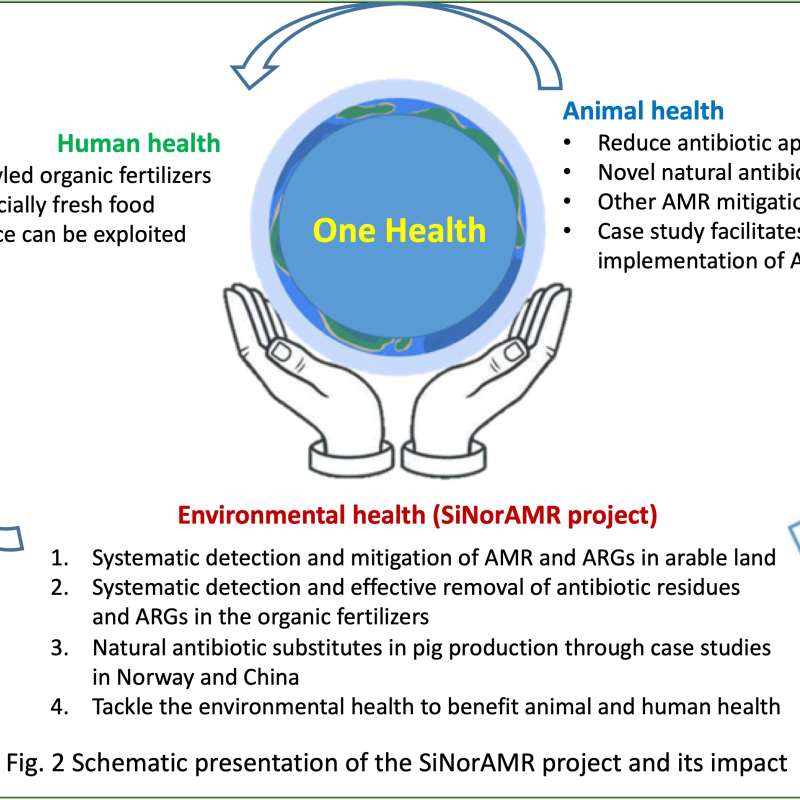Hans Geir Eiken
Seniorforsker
Forfattere
Paul Eric Aspholm Carmen Rizzo Gabriella Caruso Giovanna Maimone Luisa Patrolecco Marco Termine Marco Bertolino Stefania Giannarelli Alessandro Ciro Rappazzo Josef Elster Alessio Lena Maria Papale Tanita Pescatore Jasmin Rauseo Rosamaria Soldano Francesca Spataro Maurizio Azzaro Angelina Lo Giudice Hans Geir Eiken Mikkel Meyn Liljegren Simo Maduna Juho Matti Vuolteenaho Cornelya Klutsch Hallvard Jensen Ida Marie Luna Fløystad Ingrid Søvik Ane-Sofie Bednarczyk Hansen Runar Kjær David Kniha Josefine Bergs Vidar Berg Snorre B. HagenSammendrag
Det er ikke registrert sammendrag
Forfattere
Paul Eric Aspholm Mikkel Meyn Liljegren Carmen Rizzo Angelina Lo Giudice Hans Geir Eiken Cornelya KlutschSammendrag
Det er ikke registrert sammendrag
Forfattere
Paul Eric Aspholm Carmen Rizzo Gabriella Caruso Giovanna Maimone Luisa Patrolecco Marco Termine Marco Bertolino Stefania Giannarelli Alessandro Ciro Rappazzo Josef Elster Alessio Lena Maria Papale Tanita Pescatore Jasmin Rauseo Rosamaria Soldano Francesca Spataro Maurizio Azzaro Angelina Lo Giudice Hans Geir Eiken Mikkel Meyn Liljegren Simo Maduna Juho Vuolteenaho Cornelya Klutsch Hallvard Jensen Ida Marie Luna Fløystad Ingrid Søvik Ane-Sofie Bednarczyk Hansen Runar Kjær David Kniha Helen R. Jewell Josefine Bergs Vidar Berg Snorre HagenSammendrag
Det er ikke registrert sammendrag

